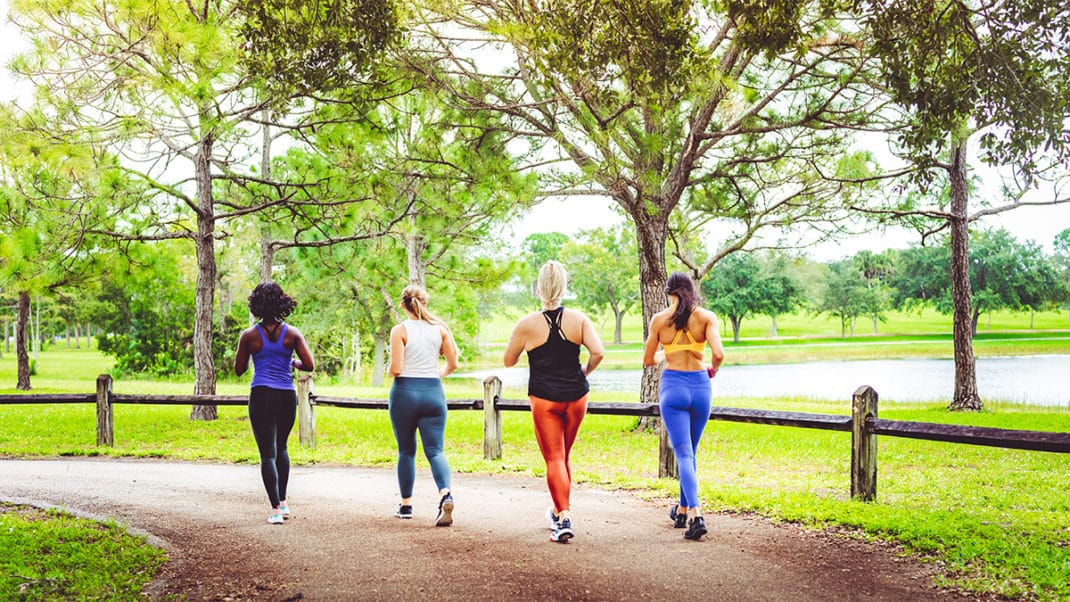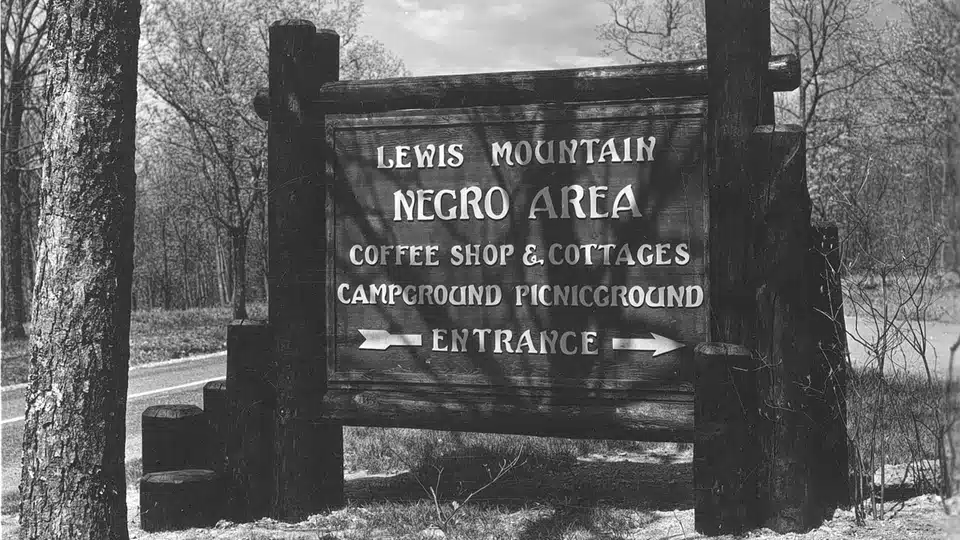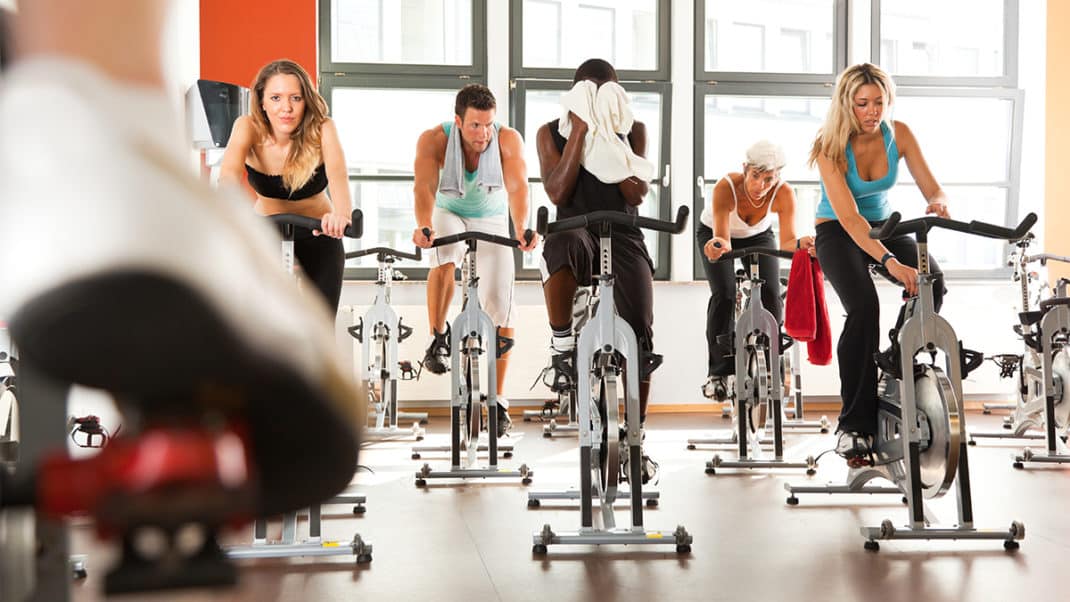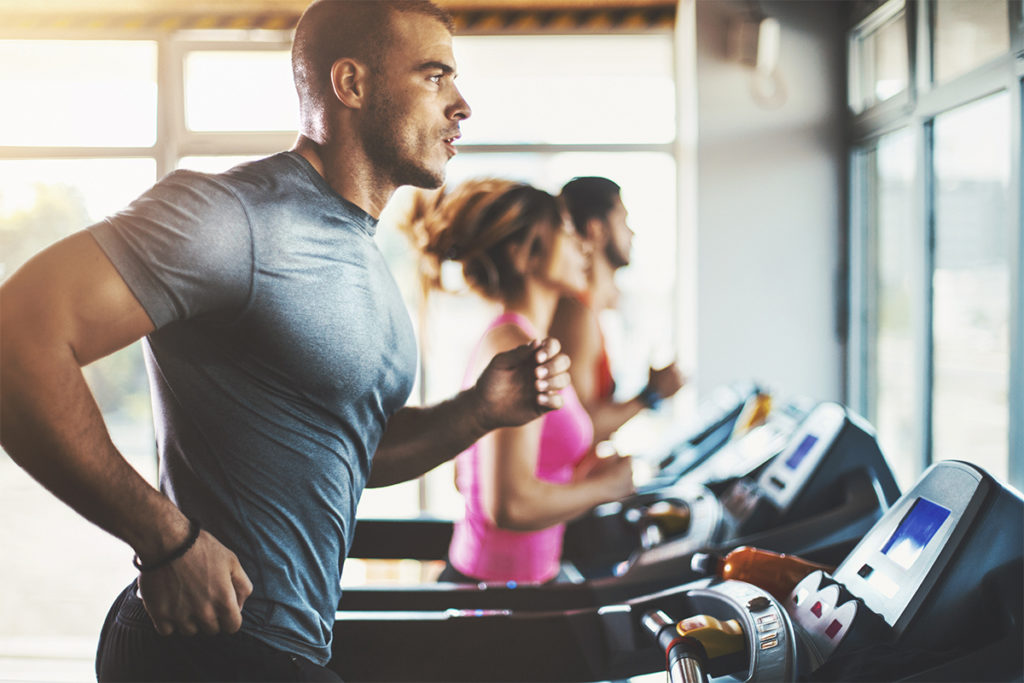Why Outdoor Cardio in Late Summer and Fall Is the Perfect Fitness Boost
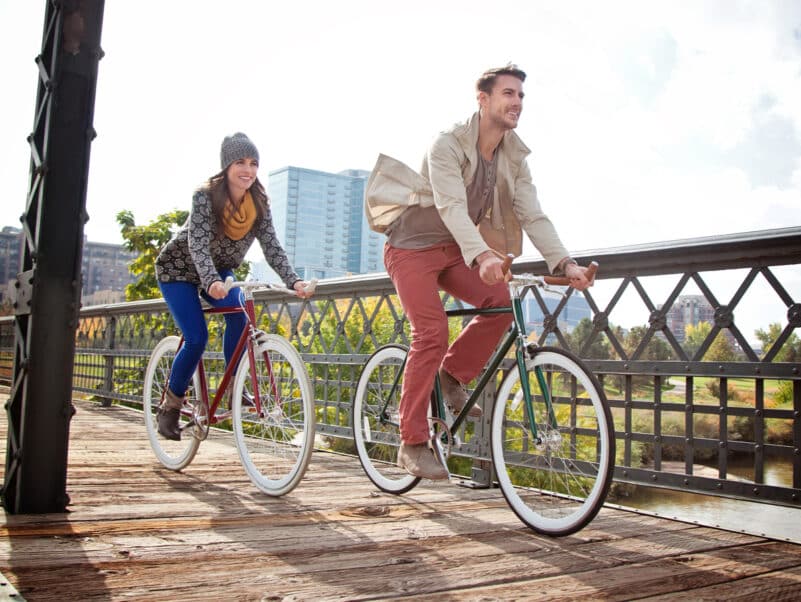
We might not be quite there yet but we’re close. As the blazing heat of summer starts to fade and cooler fall temperatures roll in, there’s no better time to take your cardio routine outside. Not only does exercising outdoors in the late summer and fall feel refreshing—it may also offer unique physiological, psychological, and performance benefits that indoor training simply can’t match.
Whether you’re a seasoned runner or just getting started with walking workouts, this is the season to take advantage of nature’s gym.
The Science-Backed Benefits of Outdoor Cardio
1. Cooler Temps Support Endurance
High summer temperatures can impair your performance and increase perceived exertion. When it’s cooler—like in late summer evenings or crisp fall mornings—your body doesn’t have to work as hard to regulate temperature, which means you can go longer and possibly push a little harder (Nybo et al., 2014). This makes fall ideal for Zone 2 cardio, the heart rate zone where you burn fat most efficiently and build your aerobic base.
2. Increased Fat Burn in Cooler Weather
Cool weather can stimulate brown fat activation—a type of fat that actually burns calories to keep you warm (Cypess et al., 2009). Combine that with steady Zone 2 movement (like brisk walking, light jogging, or cycling), and your body becomes more metabolically efficient.
3. Mental Health Boost from Nature
Outdoor movement reduces stress and anxiety while improving mood and cognitive function. Studies have shown that walking or running in green spaces can decrease cortisol levels and increase serotonin and endorphin production (Berman et al., 2012). Fall foliage adds an aesthetic bonus that boosts mood and motivation.
4. More Vitamin D, Even in Fall
While sun exposure decreases in fall, it’s still possible to soak up a few rays during daylight cardio. Vitamin D is essential for mood, immunity, and bone health—and outdoor activity is a natural source, especially in regions that stay sunny later into the year (Wacker & Holick, 2013).

Cardio Zones: Take Them Outside
In case you missed it, cardio zones are different heart rate ranges that help you target specific fitness goals:
- Zone 1 (50–60% MHR): Easy pace for recovery.
- Zone 2 (60–70% MHR): The “fat-burning” zone; ideal for outdoor walks, long slow jogs, or bike rides.
- Zone 3 (70–80% MHR): Builds stamina—think tempo runs or hilly hikes.
- Zone 4–5 (80–100% MHR): High-intensity zones for short bursts of sprints or stair climbs in a park.
Fall weather allows you to play with these zones. Want to maintain steady fat loss? Stick to Zone 2. Want to improve cardiovascular strength? Mix in Zone 3 or 4 with short trail intervals or hill climbs.
Ideas for Fall Outdoor Cardio:
- Power walk through your neighborhood or local trails while tracking your heart rate.
- Bike to work or around town at a Zone 2 effort.
- Hit the hills or stairs for interval work.
- Join a local outdoor fitness class or hiking group.
As the air turns crisp, fall becomes the perfect window for consistent, enjoyable, and effective outdoor cardio. Cooler temperatures help you perform better and recover faster. Natural settings elevate mood and mental clarity. And with the flexibility of cardio zones, you can tailor every walk, ride, or run to match your health and fitness goals.
So grab your sneakers, a water bottle, and maybe a light hoodie—and get moving.

